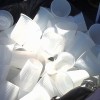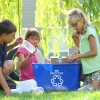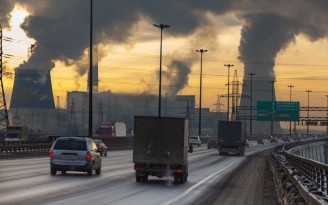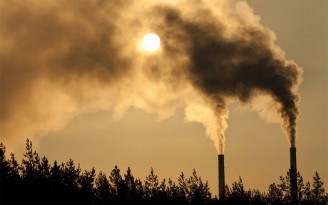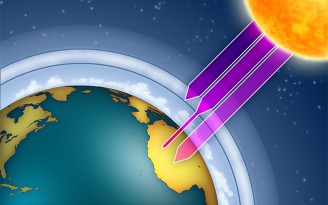
Plastic: the enemy of the waters and our health
7 habits that will make you a more eco-friendly consumer
By the Editorial Staff
Monday | March 21, 2016 | 3:03 PM | Last update: September 22, 2016, 4:07 PM (Brasilia time)
The use of cups, bottles, and other disposable products has been increasing over the last twenty years due to their practicality, hygiene, and low price, particularly in companies and institutions. But the daily use of these products and their inadequate disposal pose a risk for our seas and oceans and for our own health as well.
Plastic is the least recycled municipal solid waste worldwide. Depending on its composition, it may take between 100 and 450 years to decompose. Data from the UN Environmental Programme show that plastic bottles, bags, food packaging, cups, and silverware make up most of the waste that goes into the oceans, contaminating them. In some regions, plastic may account for 80% of this waste.
The presence of waste in the ocean directly affects the ecological balance, human and marine health, food supply, the economy, tourism, and even the contact with natural environments. These environmental and human problems are closely intertwined and benefit no one in the situation.
ONE PERSON’S PROBLEM IS EVERYONE’S PROBLEM
In addition to what we see on the water surface, large quantities of waste may lie hidden at the bottom of the oceans. Brazilian Professor and PhD in Biological Sciences, Paola Dall’Occo, explained to the Good Will Portal that plastic may confuse marine animals and lead to their death. “Some of them don’t even notice what it is and end up eating it.” The problem is that it is not digested: “The animal eats it and feels full, and it also ingests an amount of harmful and toxic substances that come with the plastic.”
With their stomach full of garbage, the animals are unable to eat any more, thus dying of starvation, or they are wounded internally by sharp pieces of plastic. The animals may also “get trapped when they are still small and have to grow within the confines of this plastic. A large fragment may deform them and end up killing or strangling them, or wrapping around their flippers, making it impossible for them to swim,” among other cases.
“This comes back to us when we eat an animal that’s been in contact with a contaminated plastic. The chances of the plastic remaining in the stomach and releasing these substances is also high. This enters the biomass of the animal that we will later eat,” clarifies Dr. Paola.
According to Renê Monico, president of the Brazilian organization Oito Elementos Sustentabilidade [Eight Elements Sustainability], which is committed to social responsibility initiatives and environmental management, “ecosystems are dependent on an extremely sensitive balance; they are chains of interdependence: plastic kills animals and alters the environment. Consequently, when the number of individuals in a species drops significantly, the number of individuals of other species either increases or decreases, leading to collapse.”
7 habits that will make you a more eco-friendly consumer
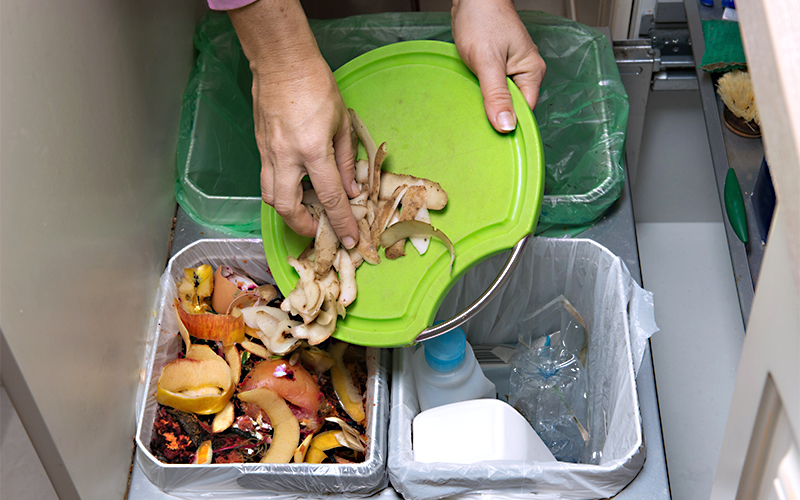
Eco-friendly consumers know they can transform society by doing their part. Taking into account the impacts caused by the use and disposal of products is a simple gesture in the daily routine of consumers who care about the environment and future generations. Let us all eliminate the amount of garbage disposed of incorrectly!
